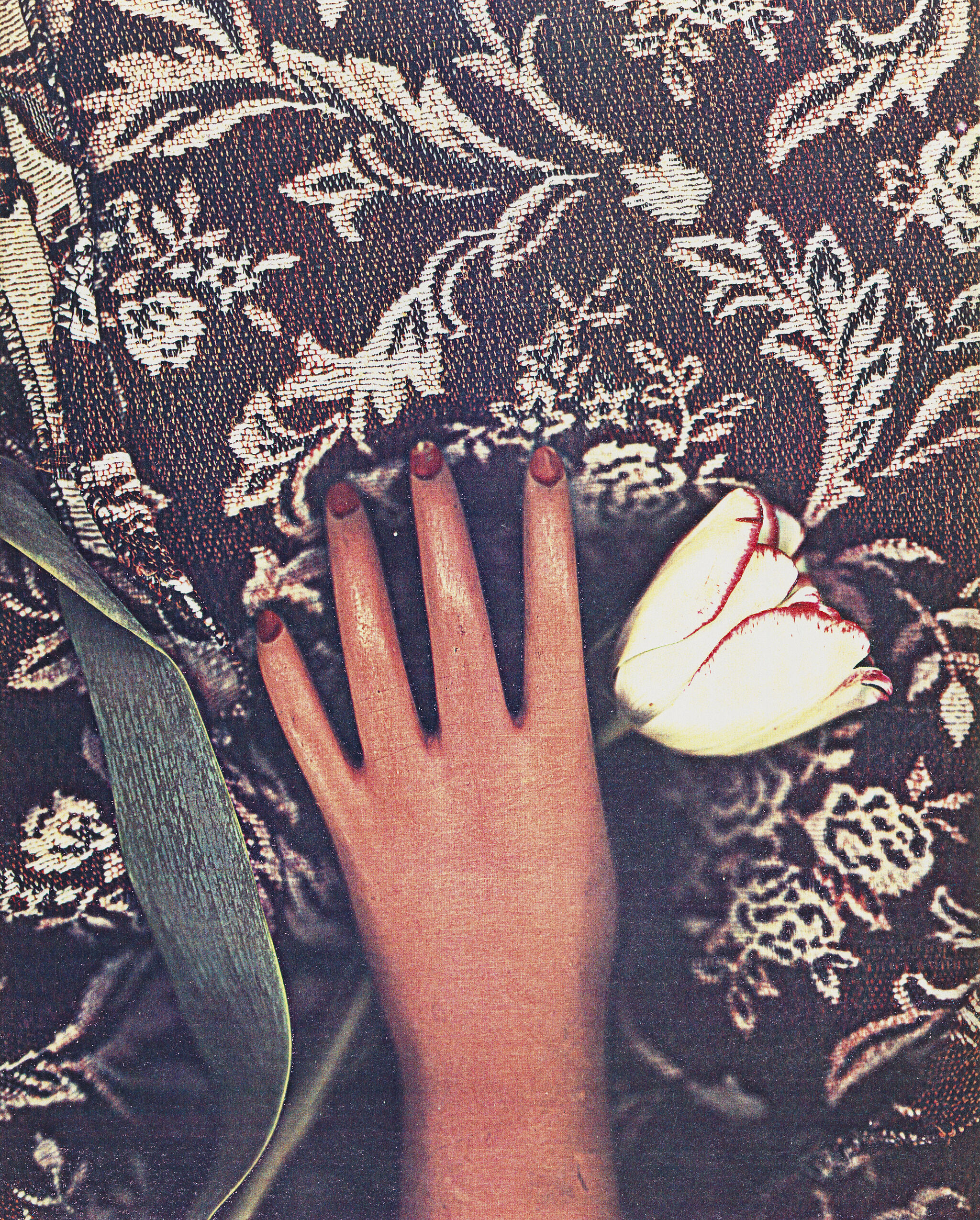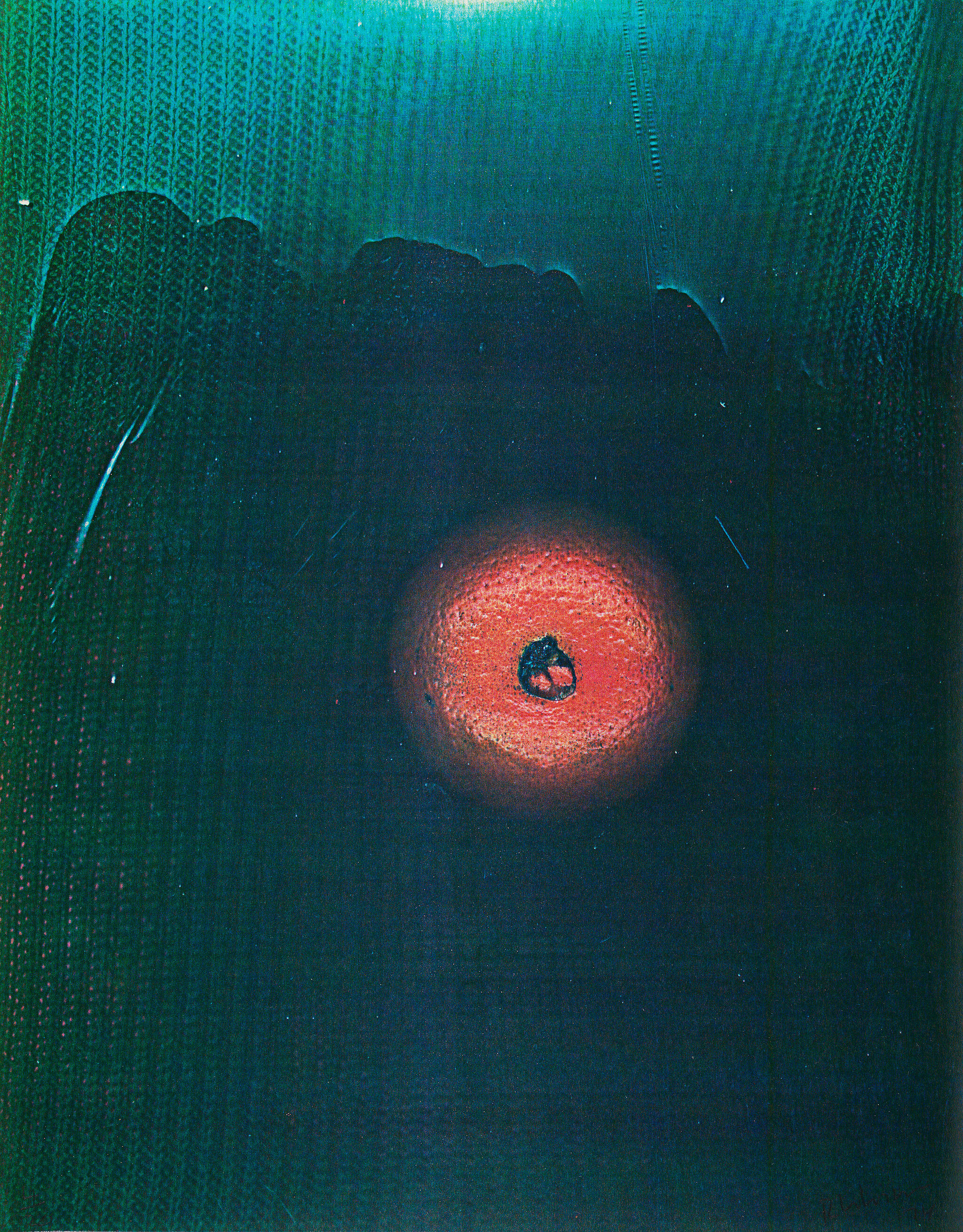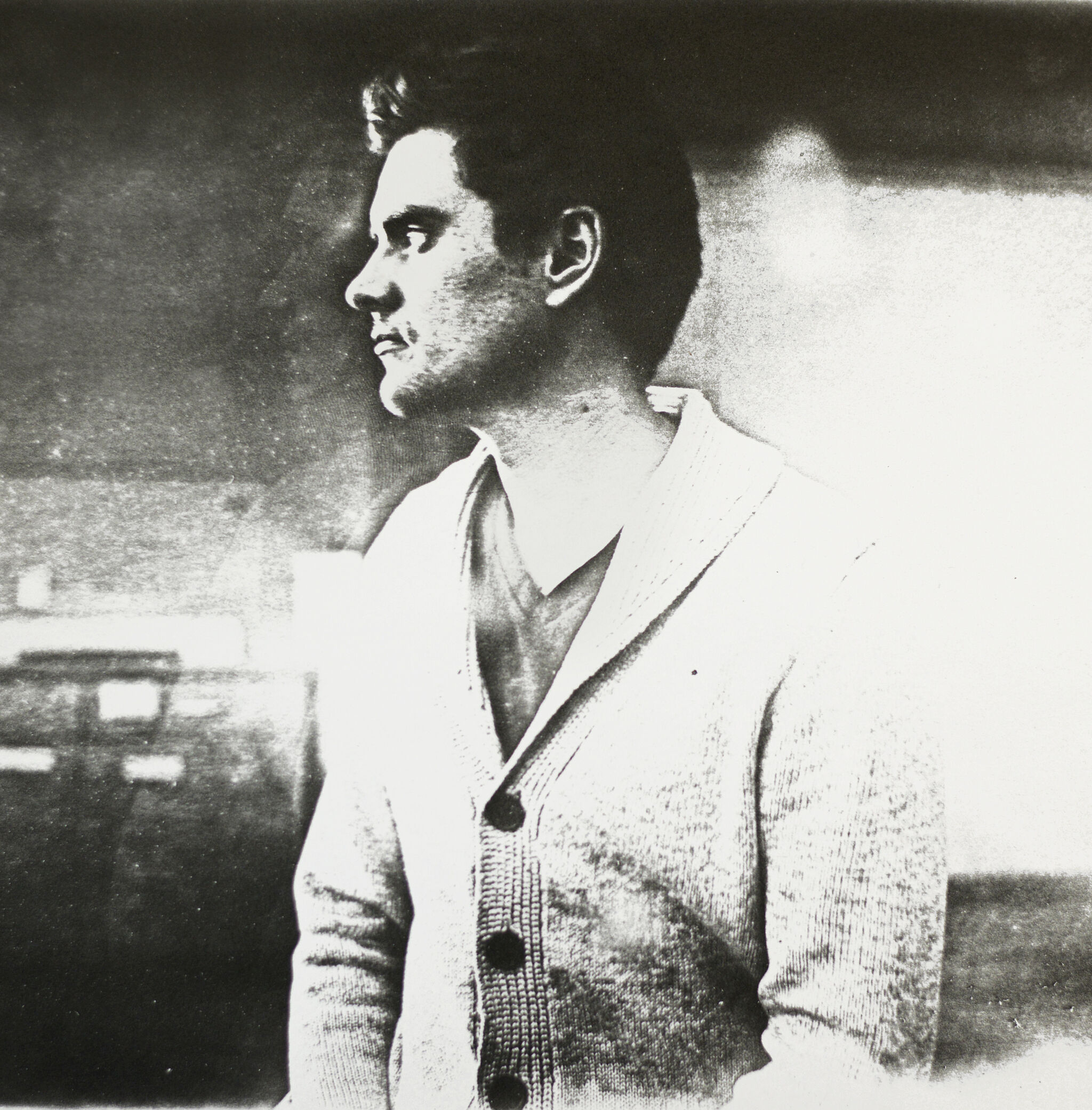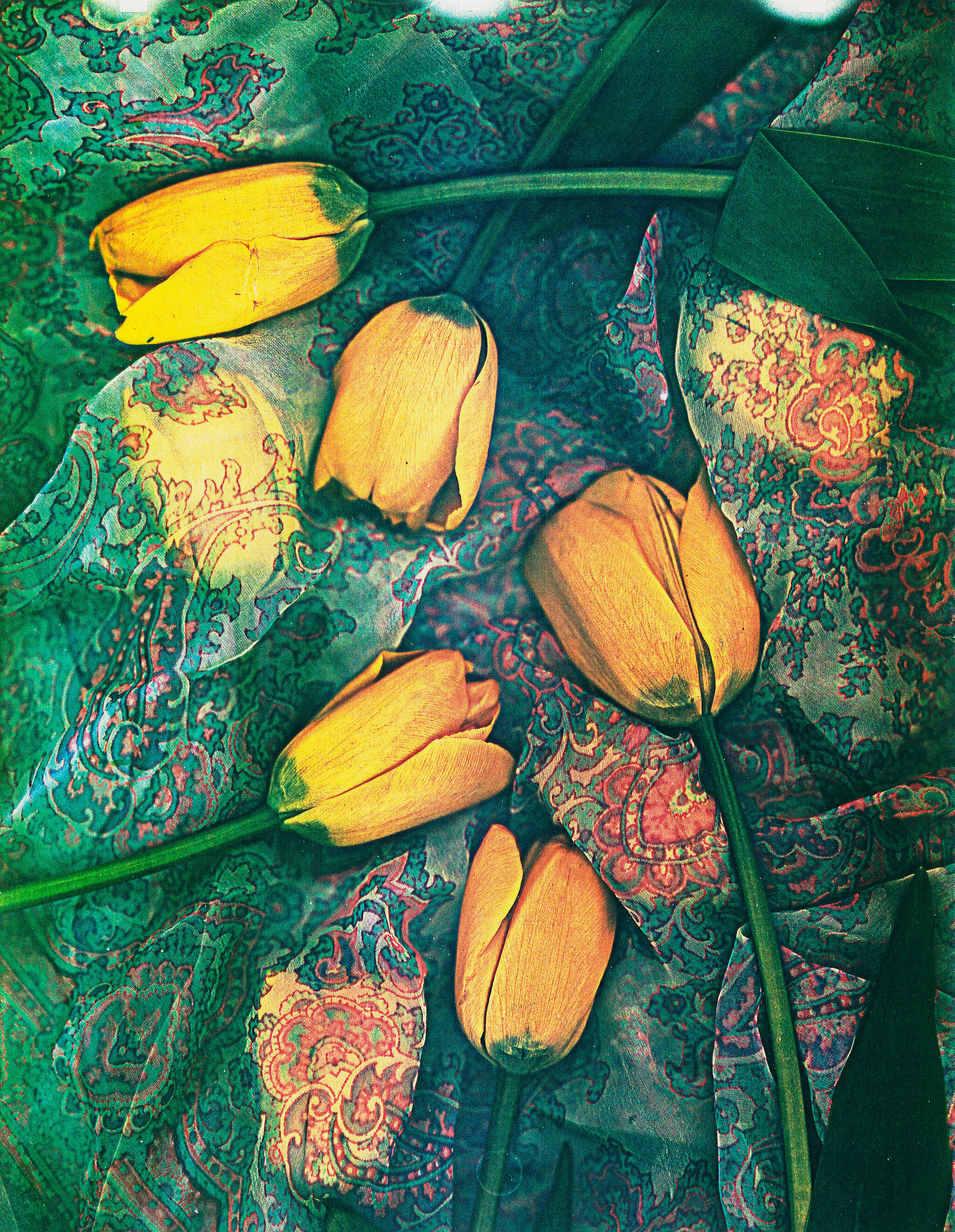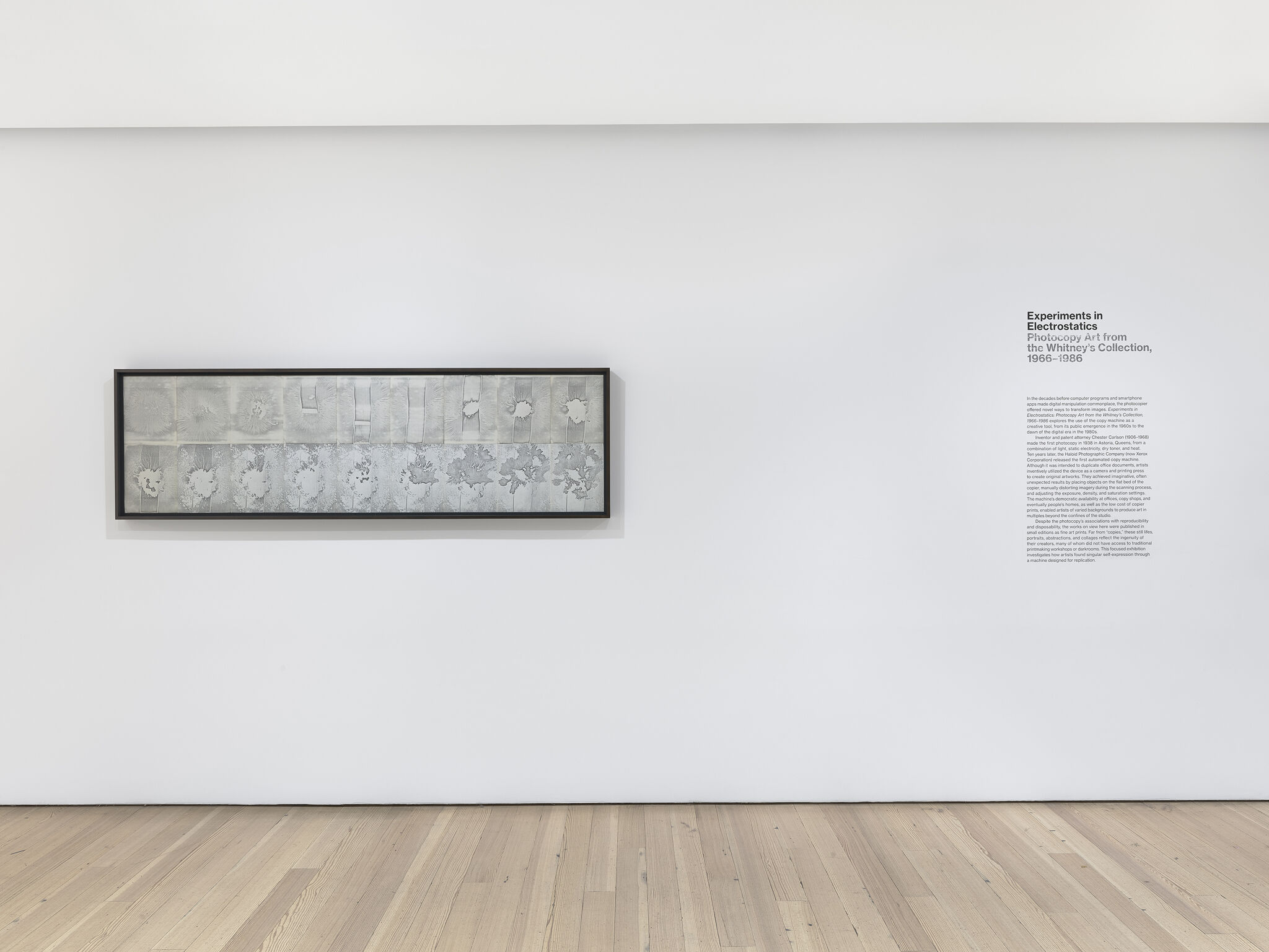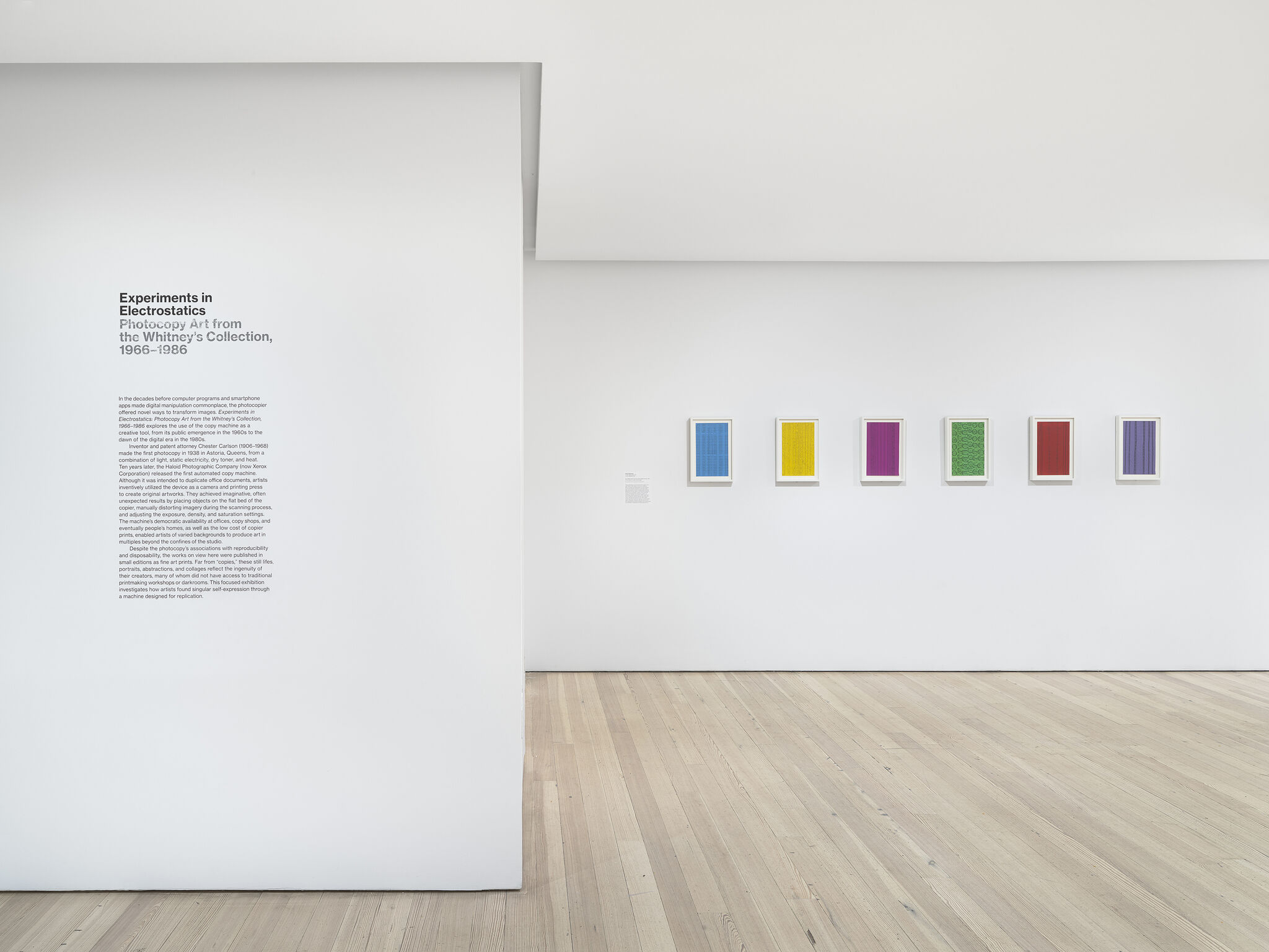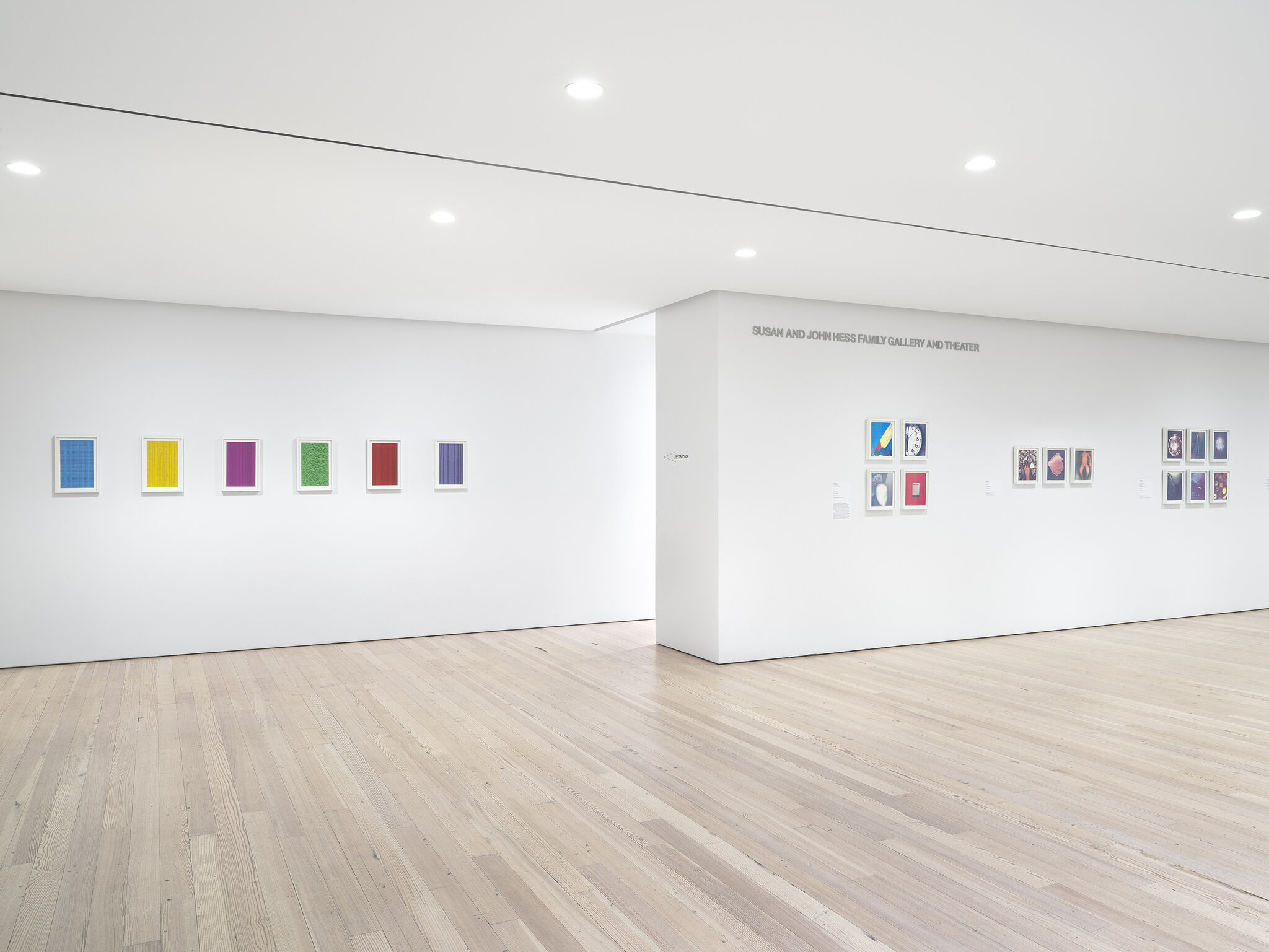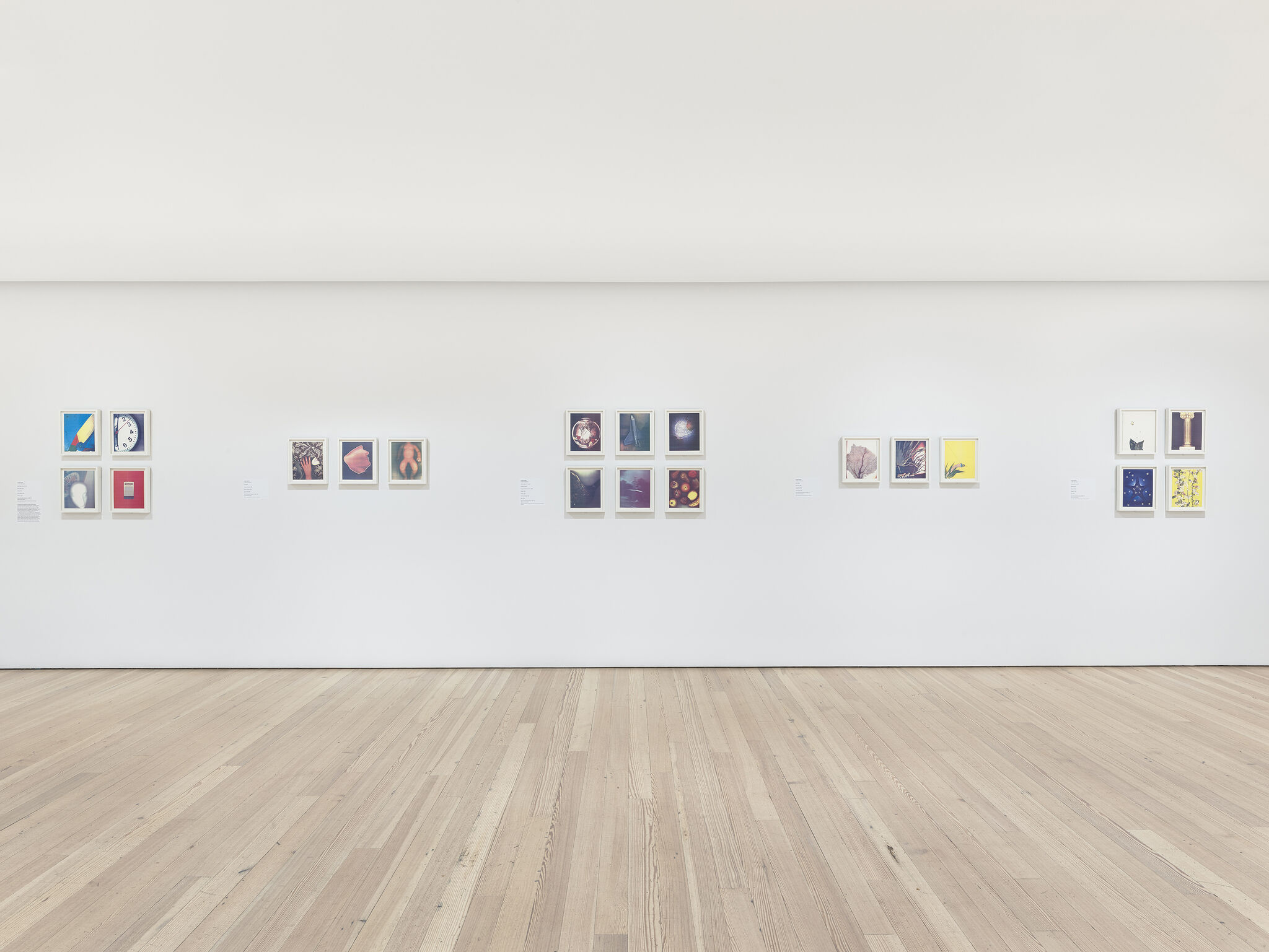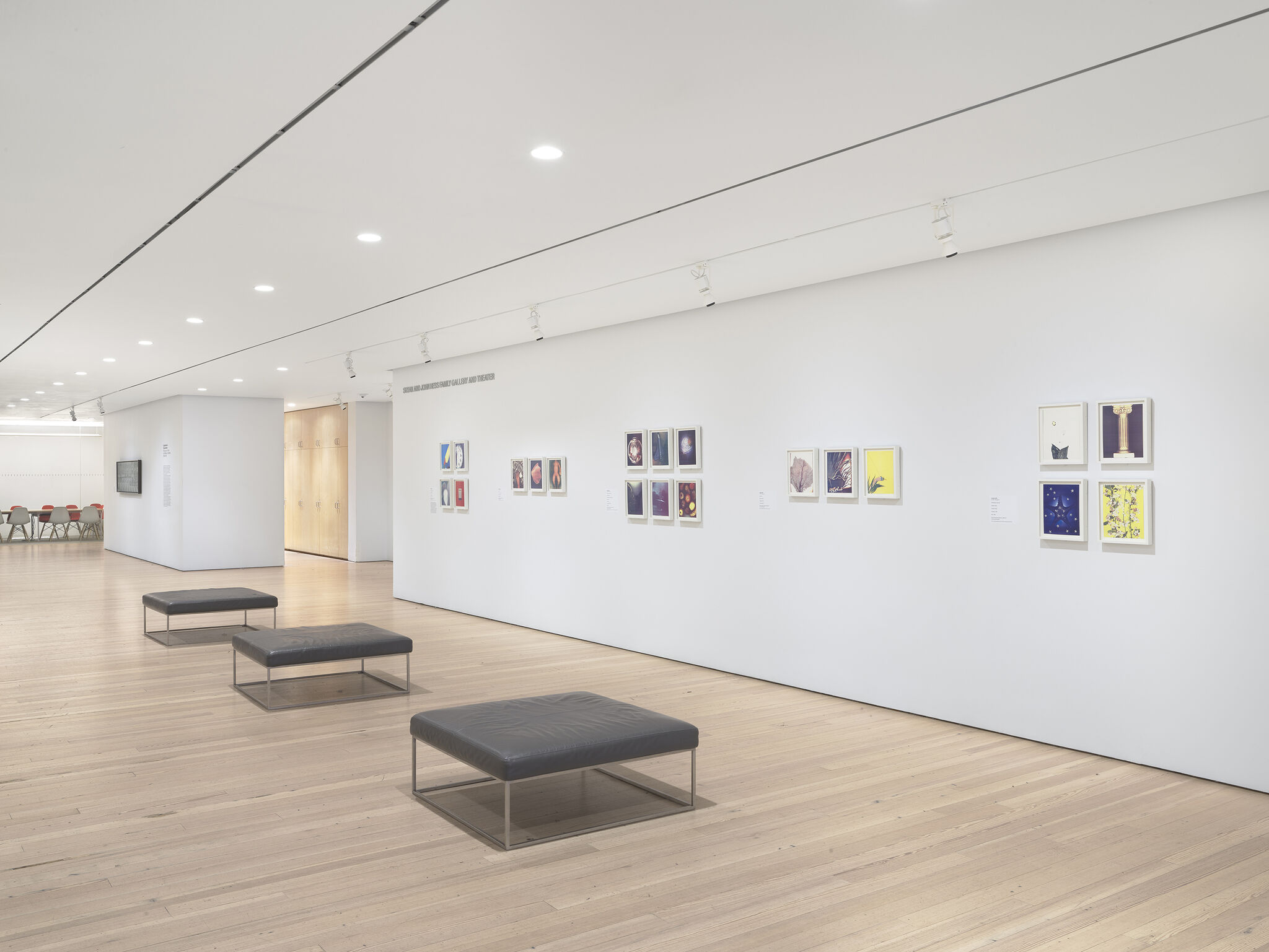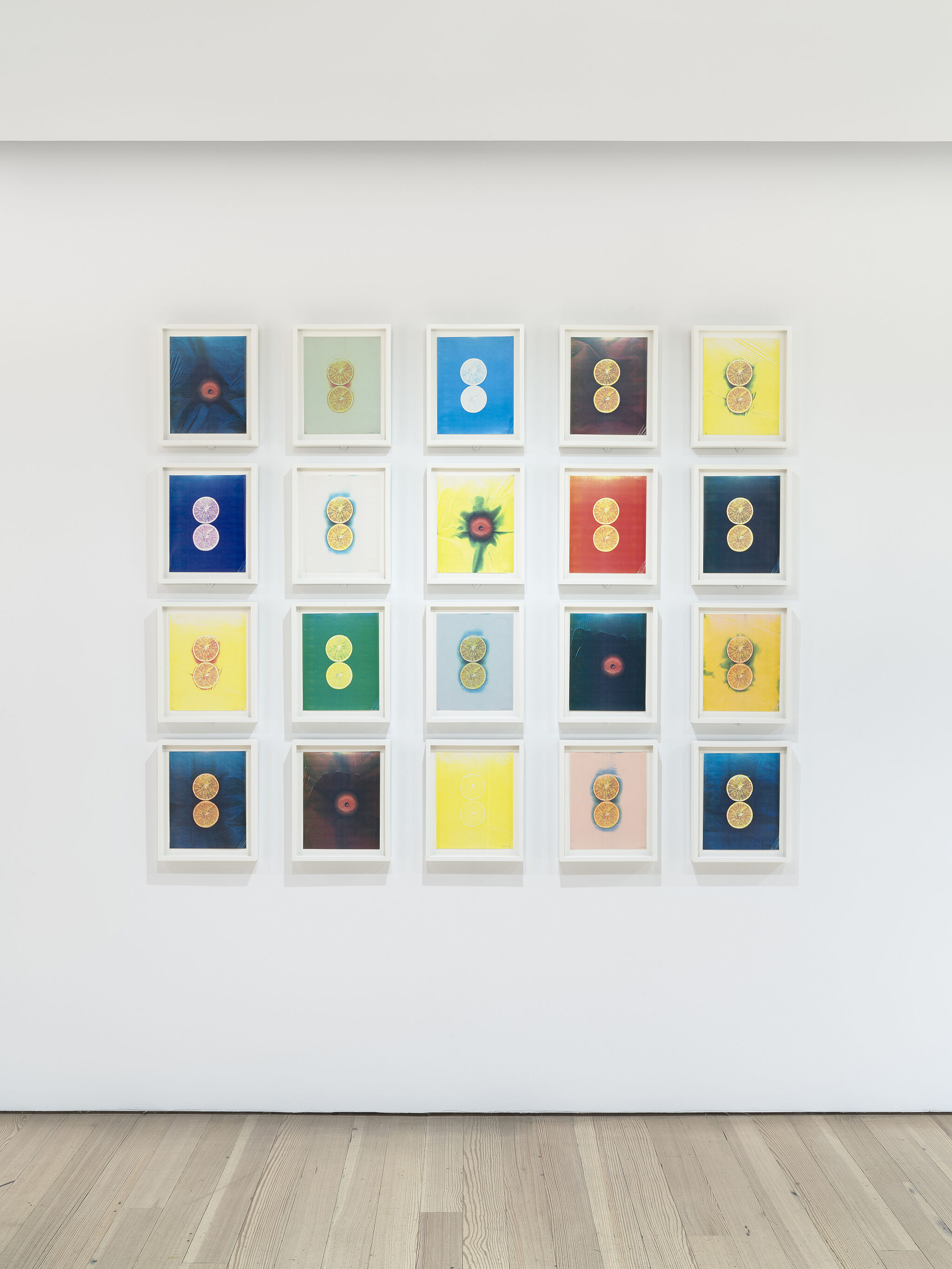Experiments in Electrostatics:
Photocopy Art from the Whitney’s
Collection, 1966–1986
Nov 17, 2017–Mar 25, 2018
Experiments in Electrostatics: Photocopy Art from the Whitney’s Collection, 1966–1986 explores the use of the photocopier as a creative tool, from its public emergence in the 1960s to the dawn of the digital era in the 1980s. Despite the machine’s intended function to reproduce office documents, artists inventively utilized it as a camera and printing press to create original fine art prints. They placed objects on the flatbed, distorted imagery in the process of scanning, and manipulated the exposure, density, and saturation settings to achieve imaginative, often unexpected results. Far from “copies,” these still lifes, portraits, abstractions, and collages reflected the ingenuity of their makers. Focusing on three artists and one collective—Edward Meneeley, Lesley Schiff, Barbara T. Smith, and the International Society of Copier Artists—this exhibition investigates how artists found self-expression through a machine designed for replication.
Experiments in Electrostatics is organized by Michelle Donnelly, curatorial fellow.
Robert Whitman
5
In 1966 Robert Whitman cofounded the collective Experiments in Art and Technology (E.A.T.) with Robert Rauschenberg, Billy Klüver, and Fred Waldhauer. Together they fostered collaboration between artists, engineers, and scientists on projects that incorporated emerging technologies, such as video projection, wireless audio, and computer software.
Independently from E.A.T., Whitman used the new technology of the color copier to produce the prints on display here. He placed orange slices directly on the machine’s flat bed, utilized an assortment of papers and fabrics as backgrounds, and adjusted the saturation, contrast, and exposure settings to achieve a rich variety of hues.
These works were installed as part of an earlier version of the exhibition.

